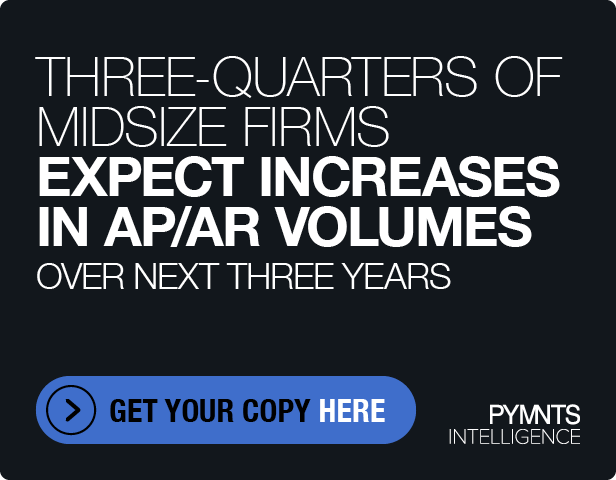Tipalti Streamlines Global AP For Multisubsidiary Corporates

Global payment automation program Tipalti has rolled out new ways for corporates to manage accounts payable (AP) data, a press release said Wednesday (June 9).
This feature will also aid in simplifying foreign exchange (FX) as well as currency management requirements for corporates.
The new feature is called Tipalti Multi-Entity, and it will aid in letting companies access visibility control and access for an optimized workflow, make sure there’s better audit preparedness and making for subsidiary-specific communications.
The release said Tipalti’s product is intended to help with the complex accounts payable structures which are compounded on by businesses adding new entities via entering new markets, acquiring companies or adding new products and services.
The complexities can involve inefficiencies and become time-consuming, involving errors and manual processes to pay different payees, payables tax flows, invoices, purchase orders, approvals and payments across various subsidiaries in multi-entity environments without much visibility.
The delays could end up impacting payments, financial reporting and reconciliation. To help with that, corporates have a need for segregating payables data between various entities.
“It is critical that companies with global subsidiaries are able to securely manage their AP processes,” said Roby Baruch, chief product officer at Tipalti. “Our Multi-Entity and Multi-FX capabilities help prevent fraud and manage payable and intercompany transfer processes, while giving finance teams the time back for more strategic work to continue growing the company. It’s like having a fully-auditable, streamlined treasury workflow inside your business.”
Invoicing reconciliation, which confirms the amount to pay matches the amount a company agreed to spend, can be complicated because companies often don’t have invoice processes that are consolidated in one platform. A recent report said 58 percent of North American companies don’t have that kind of a system, thus needing to manually enter data. That can ultimately add more time and effort to what could be a more seamless service.
